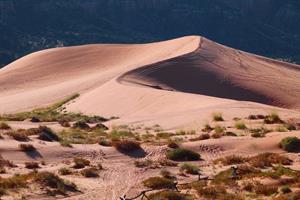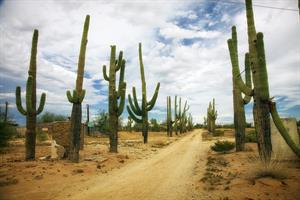PDF chapter test TRY NOW
Terrestrial Habitat
Habitats that are based on the land are known as terrestrial habitats.
The plants and animals which live on land are living in terrestrial habitats. Some examples of terrestrial habitats are forests, mountains, grasslands, deserts, coastal regions. And, man-made habitats like farmlands, and urban environment like towns and cities falls under this category.
Terrestrial habitats are classified as:
- Desert habitat
- Mountain habitat
- Grassland habitat
Desert Habitat
Habitats that exist in deserts belong to this category. These habitats are dry and receive scanty rainfall.
Plants and animals in the habitat develop special characteristics or adapt to overcome the excessive heat and the scarce water availability.

Some adaptations found in desert plants:
- Spines in cactus. The plants convert their leaves to spines to overcome the water loss through transpiration.
- The leaf-like structure in cactus is the stem that carries out photosynthesis. The stem also has a thick waxy layer, that retains water.
- They have long roots - to penetrate the land and reach the groundwater source.

Some adaptations found in desert animals:
- Camels have long legs to keep the body away from the heat of the sand.
- Camels excrete very less urine, and their dung is dry. They do not sweat.
- Rats and snakes in deserts live in burrows, deep in the sand to keep away from the intense heat during the day.
- They come out during the night time when the atmosphere gets cool.

